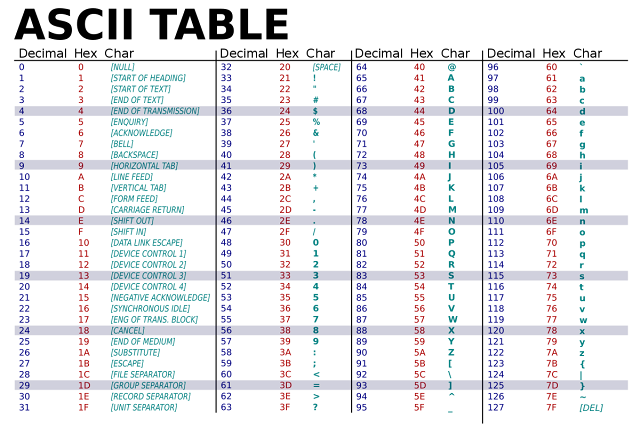Gray Code and BCD Code(Binary Coded Decimal)
Hello friends, today we learn about gray code and bcd code in it, so let's start
 |
| Gray Code and BCD Code(Binary Coded Decimal) |
Gray code-:
Digital system process data into discrete form. Many system supplies continuous or analog data nut it should be converted before using it in the digital system. Sometimes Gray code is used for digital system. Gray code belong to the categories of minimum changes code, in which only one bit in the code changes when moving from one code to the next. Gray code is non weighted code it means it does not contain any weight according to its position. The gray code is a reflective digital code which has the special property that any two subsequent numbers code differ by only one bit.
Decimal number
|
Binary number
|
Gray code
|
0
|
0000
|
0000
|
1
|
0001
|
0001
|
2
|
0010
|
0011
|
3
|
0011
|
0010
|
4
|
0100
|
0110
|
5
|
0101
|
0111
|
6
|
0110
|
0101
|
7
|
0111
|
0110
|
8
|
1000
|
1100
|
9
|
1001
|
1101
|
10
|
1010
|
1111
|
11
|
1011
|
1110
|
12
|
1100
|
1010
|
13
|
1101
|
1011
|
14
|
1110
|
1001
|
15
|
1111
|
1000
|
- Learn ASCII code and EBCDIC code, click here
- Learn the characteristic and limitation of computer, click here
- Learn what is hardware and software, click here
BCD Code-:
BCD stand for binary coded decimal. It is a non weighted binary code. It is a strait assignment of the binary equivalent. It this code we find binary for individual bit.For Example -: If we want BCD code for 237 then we have to find three digit binary code for individual digit.
2 010
3 011
4 111
How to get the BCD code of every decimal number?
In order to obtain the BCD equivalent of each decimal digit from the previous numbers, a “weight” or “value” is assigned according to the position the digit occupies.This “weight” or “value” follows the following order: 8 – 4 – 2 – 1. (It is a weighted code). The last example shows that the number 5 is represented as: 0 1 0 1.
- The first “0” corresponds to 8,
- the first “1” corresponds to 4,
- the second “0” corresponds to 2,
- the second “1” corresponds to 1.
| Decimal | BCD |
| 0 | 0000 |
| 1 | 0001 |
| 2 | 0010 |
| 3 | 0011 |
| 4 | 0100 |
| 5 | 0101 |
| 6 | 0110 |
| 7 | 0111 |
| 8 | 1000 |
| 9 | 1001 |



Comments
Post a Comment